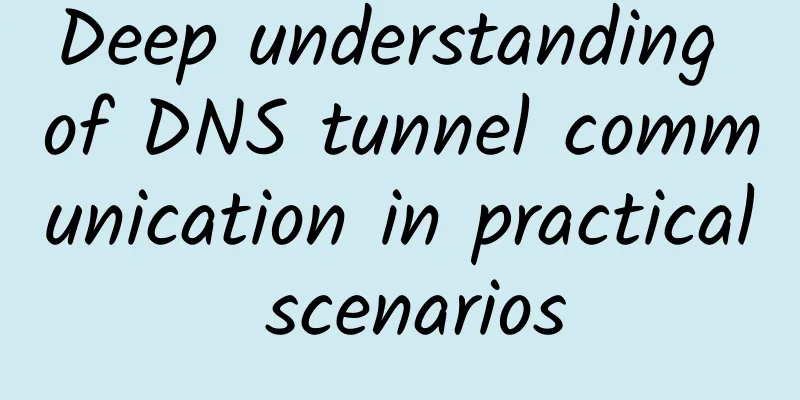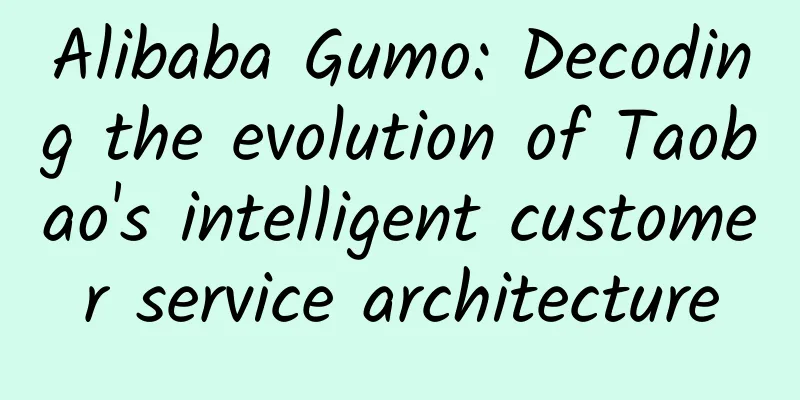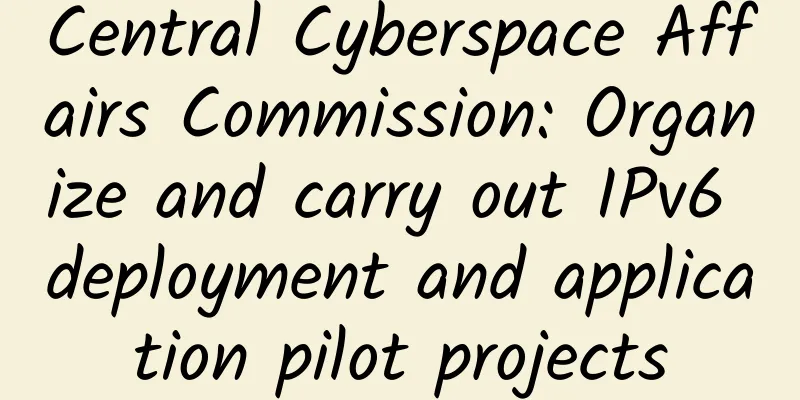How far will eSIM cards go in 2018?

|
The eSIM card was mentioned as early as 2011. There is no problem with the technological development, and it is also a relatively correct development trend. However, after 3G and 4G, 5G is coming, but eSIM technology has never been promoted. How far will this technology, which is almost a revolution in the lives of operators, go in 2018? The answer may still be: the road is long and difficult. What is an eSIM card? Let's start with the traditional SIM card, also known as a user identity card or smart card. It is integrated into the chip of a mobile phone or electronic product and completes the function of a traditional SIM card by dynamically writing data. On the one hand, the SIM card identifies the user's identity, on the other hand, it identifies the operator's network, and also stores some information such as phone numbers. Since each card belongs to only one operator, it cannot be copied and used. The so-called eSIM card is a virtual SIM card.
It embeds the traditional SIM card directly into the device chip instead of adding it to the device as a separate removable component, and users do not need to insert a physical SIM card. This allows users to choose operator packages more flexibly, or change operators at any time without unlocking the device or purchasing a new device. SIM cards are changing from large to small and then to virtual status. Apple phones have promoted the development of SIM cards from large to small: large SIM cards, microSIM cards (small cards), nano SIM cards (micro cards). Today's eSIM cards are also being promoted by Apple. As early as 2011, Apple applied for a virtual SIM card patent to the U.S. Patent and Trademark Office. Apple said that this patent allows users to directly access the wireless network services provided by operators without using a SIM card. At the same time, since no SIM card is needed, future iPhones will become thinner and more beautiful. In September 2014, when Apple released the iPad Air 2, it first brought the concept of eSIM cards (also known as "Apple SIM") into actual products. This design allows users to choose and switch operators more easily. In July 2015, Apple and Samsung were in talks with other companies in the telecommunications industry about jointly launching eSIM cards. However, the commercialization has been delayed, even though it is a development trend that is bound to be realized. SIM card is a "barrier" for operators to guard their "territory" Currently, only operators can issue SIM cards, and virtual operators only wholesale and resell them from operators. Therefore, one SIM card is bound to one mobile phone number. In this way, operators can hold a large number of users through SIM cards, thus firmly binding many users. From this perspective, the SIM card is a "barrier" for operators to guard their "territory". However, if eSIM is implemented, this "barrier" will disappear, users may be lost at any time, and a pool of resources will be disrupted, such as user data, tariff packages, etc. This is equivalent to overthrowing the operator and will cause unrest. Therefore, operators will be a hindrance to the promotion of eSIM cards. However, on December 26, 2017, China Unicom launched a service called "eSIM Watch", which should be a test of the eSIM card. |
<<: 2017 Integrated Cabling Industry Analysis Report
>>: Why 2018 will be the year of WAN
Recommend
How to choose an API management platform for your business
【51CTO.com Quick Translation】As we all know, API ...
The cancellation of data roaming charges has become inevitable, but do operators still have to wait until they get punished?
There is a theme every year. Once one is solved, ...
Migrate to the cloud safely? See how Neusoft Cloud Start (NCSS) does it
Today, the development of cloud computing has rea...
80VPS newly launched Japan CN2 line VPS, 2G memory package annual payment starts from 330 yuan
80VPS is a long-established Chinese hosting compa...
Revelation from global 5G speed test: Can operators break away from homogeneous competition?
The same coverage, the same bandwidth, the same m...
VXLAN L3 applies EVPN to present a complete overlay network
Preface VXLAN (Virtual eXtensible LAN) is an over...
WiFi coverage is fully covered and the pain points are solved on the last day of the holiday
It's the last day of the holiday. Did you get...
Protocol-Oriented Programming and Cocoa (Part 1)
[[403413]] This article is reprinted from the WeC...
How much do you know about the TCP three-way handshake principle?
I recently encountered a problem where the client...
Learn about three of the four types of switch messages in one minute: broadcast, multicast, and unknown unicast
With the development of the Internet, various app...
Lend me a pair of "smart eyes" and come to Fuzhou to see the "chemical reaction" of smart cameras and multiple application scenarios!
[51CTO.com original article] On March 21, Huawei ...
How to force close TCP connection in Go
[[425673]] This article is reprinted from the WeC...
SaltyfishTech: San Jose CN2 GIA line VPS quarterly payment starting from $15.9, 1GB/10G SSD/1TB@300Mbps
SaltyfishTech recently offered a 7.8 discount cod...
How edge computing and 5G can drive business applications
Over the past decade, advances in cloud computing...
Sharktech: 1Gbps unlimited traffic server starting at $79/month, Los Angeles & Denver data centers, 60Gbps high defense
Sharktech has no special offers recently, but has...
![[Black Friday] Zgovps: $12.9/year-1GB/20GB/2TB/Japan IIJ/Germany/Los Angeles AS4837, etc.](/upload/images/67cabcf94e758.webp)








